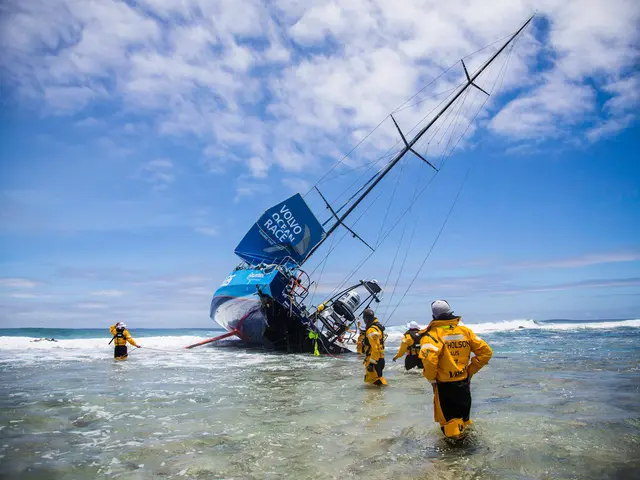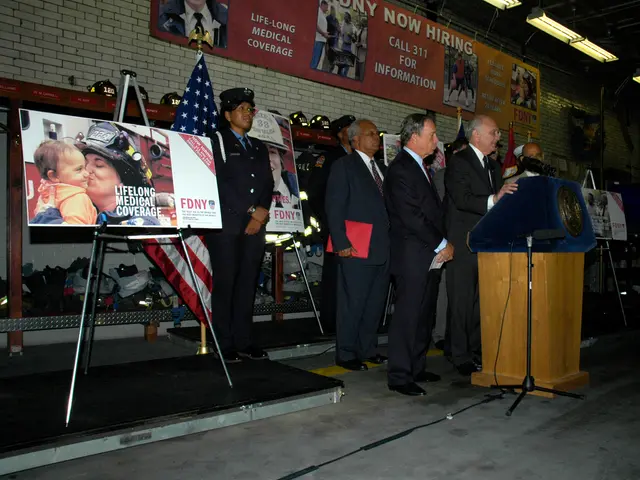Performing a visual go-around on an instrument approach clearance is possible?
In a recent incident, a pilot flying a Part 91 single-engine light aircraft performed an RNAV (GPS) 34 straight-in approach into KFHR, a non-towered airport. The approach went well, but as the pilot approached the runway, the aircraft floated and the pilot decided to perform a go-around.
When executing a go-around during an instrument approach at a non-towered airport, the Federal Aviation Administration (FAA) guidelines emphasize the following key steps. Firstly, the missed approach must be initiated immediately upon reaching the missed approach point or minimum descent altitude/decision altitude without required visual references, or if visual contact with the runway environment is lost during a circling or other instrument approach.
Next, the pilot should apply full go-around power and begin a climb to the missed approach altitude while maintaining aircraft configuration for best climb performance and obstacle clearance. The standard missed approach climb gradient is 200 feet per nautical mile, although this can vary.
The pilot should then turn in the prescribed direction indicated for the approach, usually toward the landing runway to intercept the missed approach course or hold pattern as published. Even if another turn direction seems to lead to the missed approach course quicker, the FAA recommends turning toward the landing runway for safe rejoining of the missed approach course.
Communication is also crucial during a go-around at a non-towered airport. Although not specifically from the FAA guidelines, standard practice is to announce the missed approach on the Common Traffic Advisory Frequency (CTAF) to alert other traffic of your intentions.
However, in this case, the pilot overshot the runway centerline while turning base-to-final during the go-around. This issue highlights the importance of adhering to the published missed approach procedure and maintaining the required climb gradient to ensure obstacle clearance.
The airport was veiled in smoke/haze, which may have contributed to the pilot's difficulty in maintaining visual contact with the runway environment. In such conditions, it may be safer to remain in the pattern and land, rather than flying the published missed approach procedure.
In the event that terrain and obstacle protection are no longer guaranteed if you fly the published missed approach procedure at a non-towered airport below decision altitude/minimum descent altitude, it may be better to remain in the pattern and land, than to fly back into the clouds on a missed approach procedure.
If unable to contact ATC for any reason, the pilot should attempt to re-intercept a published segment of the missed approach and comply with route and altitude instructions. If a balked (rejected) landing occurs at a position other than the published missed approach point, the pilot should contact ATC as soon as possible to obtain an amended clearance.
In this instance, the pilot overflew the airport and followed the published missed approach procedure. The approach controller rebuked the pilot for the go-around and provided instructions to return to the approach. Despite the rebuke, the pilot landed without incident after following the approach controller's instructions.
In conclusion, when executing a go-around during an instrument approach at a non-towered airport, it is crucial to follow the published missed approach procedure accurately and safely without deviation unless necessary for safety. If unable to contact ATC during an instrument approach, it's ultimately up to you to make the best decision and move forward.
- The pilot, during the go-around, didn't follow the Federal Aviation Administration (FAA) guidelines that require immediate initiation of the missed approach upon reaching the missed approach point or minimum descent altitude/decision altitude.
- The aircraft floated, necessitating a go-around, during a Part 91 single-engine light aircraft's RNAV (GPS) 34 straight-in approach into KFHR, a non-towered airport.
- A pilot, in an aeronautical industry setting, must adhere to specific regulations during instrument approaches and go-arounds, such as maintaining aircraft configuration for best climb performance and obstacle clearance.
- In the published missed approach procedure, the standard missed approach climb gradient is 200 feet per nautical mile, but this can vary depending on the specific approach.
- In the event that the published missed approach procedure is flown below decision altitude/minimum descent altitude, the aerospace engineer should be aware that terrain and obstacle protection may no longer be guaranteed.
- The pilot, during a go-around, should trim the aircraft for optimal flight characteristics and apply full go-around power to maintain a safe climb gradient.
- Communication with the airport's Air Traffic Control (ATC) is vital during a go-around at a non-towered airport, to prevent collisions with other aircraft and ensure safe navigation.
- Aviation finance analysts advocate for regular VFR (visual flight rules) and IFR (instrument flight rules) training to ensure pilots have the necessary skills to handle various flight conditions and emergencies.
- The transportation sector, including the aviation industry, relies on advanced instrumentation and technologies to support safe flights and landings in adverse weather conditions.
- Instruments like gyroscopic instruments and autopilot systems are critical in maintaining aircraft control during an IFR approach or go-around, particularly in crosswind conditions.
- The pilot's decision to overfly the airport while following the published missed approach procedure highlights the importance of proper training and adherence to aviation procedures.
- Airport managers must ensure that runway conditions, such as smoke or haze, are communicated to pilots in a timely manner to help them make informed decisions during instrument approaches and landings.








